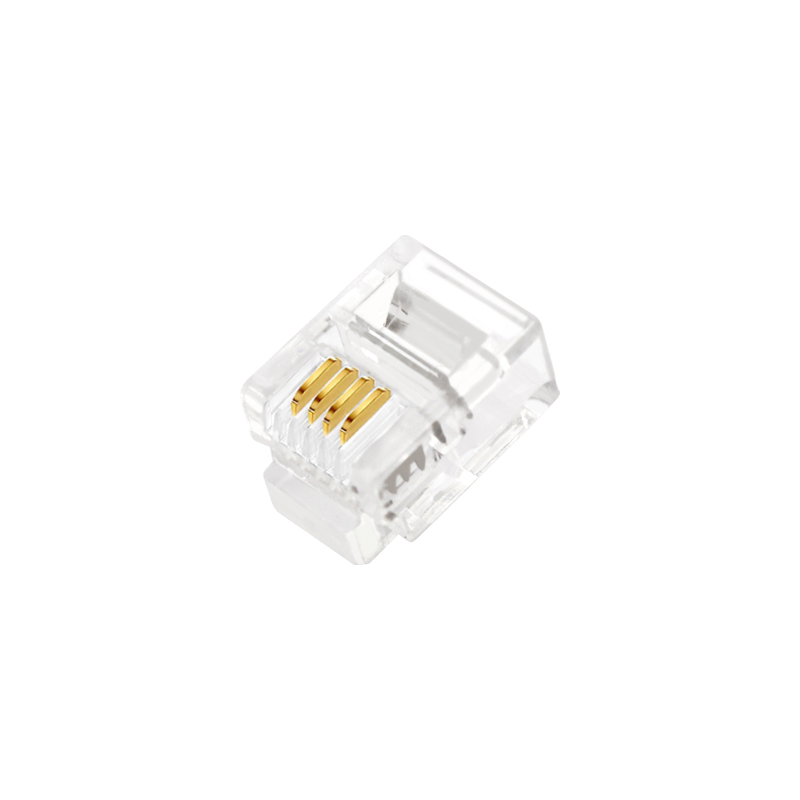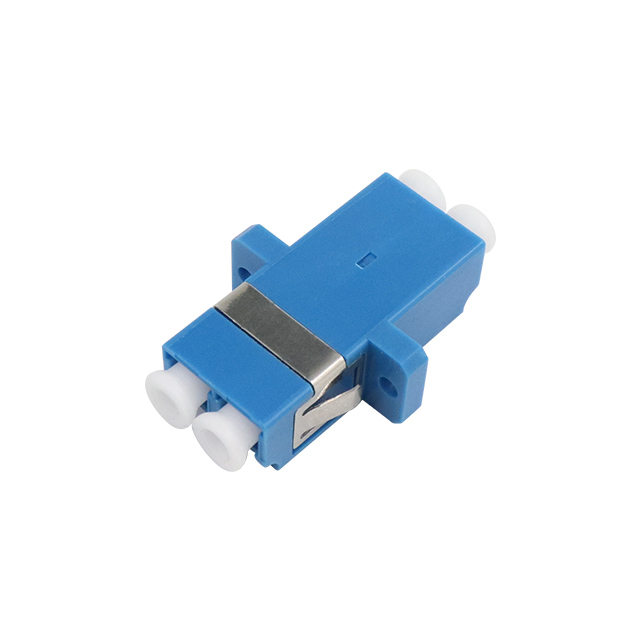Can fiber optic patch cords enable fast internet data transmission?
2025-07-30
Fiber optic patch cord can realize high-speed transmission of Internet data in a specific link, but the actual efficiency is restricted by multiple factors. The core points are as follows:
1. Physical layer transmission capability
High speed support:
Single mode patch cords (SMF) can carry 100G/400G optical signals, meeting the transmission requirements between core nodes in backbone networks.
Multi mode jumpers (OM3/OM4) are suitable for 10G/40G short-range transmission (such as equipment interconnection in data center cabinets).
Speed bottleneck:
The jumper itself has no speed limit, but the transmission speed ultimately depends on the port performance of the devices at both ends (for example, a gigabit SFP plugged into a ten gigabit port is only negotiated as gigabit).
Poor quality connectors (such as eccentric ceramic sleeves) result in excessive light attenuation and forced deceleration during operation.
2. End to end link restrictions
Non jumper determining factors:
The Internet transmission needs to pass through the routing switching equipment. The jumper is only responsible for the physical connection between the equipment, and does not participate in data routing and protocol processing.
Cross operator data transmission is limited by international export bandwidth and congestion control policies, and is not related to jumpers.
Key dependency conditions:
The jumper must be connected to gateway devices that support optical communication, such as operator BRAS and data center core switches.
Long distance transmission requires relay amplifiers (jumpers themselves do not have signal regeneration capabilities).
3. Differences in performance in real-life scenarios
| Application Scenario | Role of Fiber Jumper | Actual Speed Determinants | Key Constraints |
| Data Center Core Switching | Spine-leaf interconnect | • Switch ASIC capacity • Flow control protocols | Oversubscription ratios (e.g., 3:1) |
| (40G/100G/400G links) | |||
| Residential Broadband | ONT to gateway connection | • ISP throttling policies • OLT port congestion | GPON/XGS-PON split ratios (e.g., 1:64) |
| (Typically 1G-10G) | |||
| Transoceanic Cables | Equipment cross-connect in landing stations | • Submarine repeater spacing • International peering agreements | Geopolitical bandwidth restrictions |
| (Single-mode DWDM systems) | |||
| 5G Mobile Backhaul | RRU to BBU fronthaul | • CPRI/eCPRI compression • Latency budget | Fiber exhaust in duct infrastructure |
| (<10km, 25G/100G jumpers) |
cooperate with PUXIN?
Contact us to find out how our products can transform your business and
take it to the next level.
















